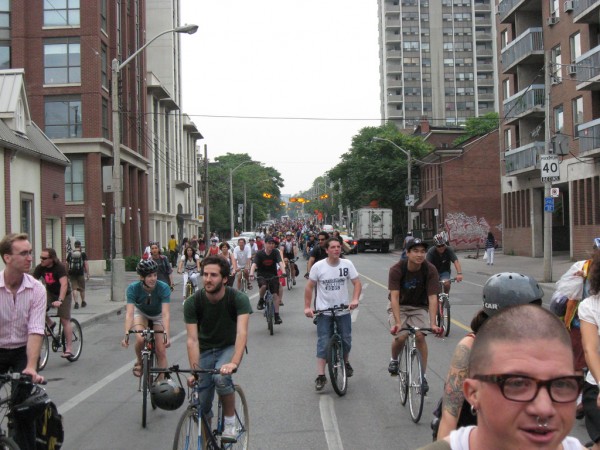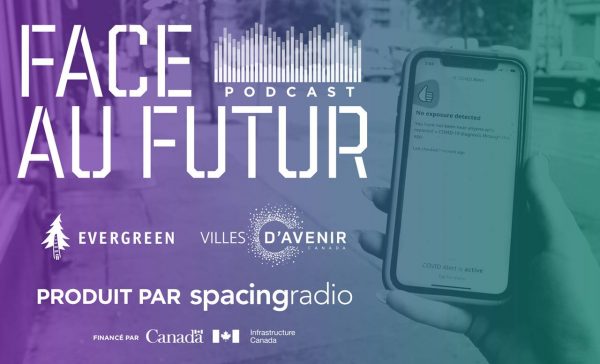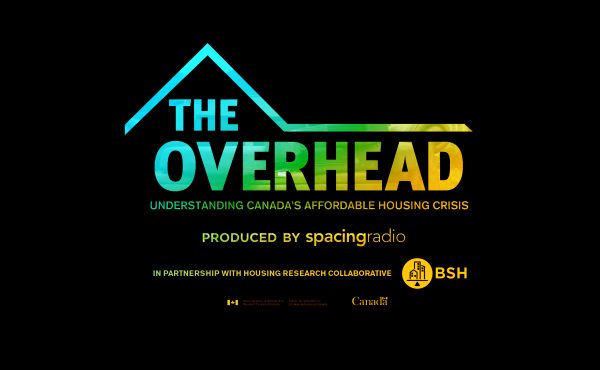This post by Beth Savan is part of Spacing‘s partnership with the Toronto Cycling Think and Do Tank at the University of Toronto. Find out more about the think tank, and the series, here.
Welcome to our new series of cycling blogs for the winter of 2015. Now that the cycling and research season has slowed a little, we have some time to share some new work and results. Our team is working hard on a series of projects. In partnership with CultureLink, Cycle Toronto, and Evergreen we have been studying Bike Host, a remarkably successful program to encourage cycling for transportation among newcomers to Toronto. At the same time, we are exploring how to create opportunities for cycling in our suburbs, where blocks are long, roads are wide and cars travel at high speeds. We are heartened to see the dramatic increases in cycling across the country, in cities, suburban areas and small towns and are trying to understand the diverse factors that increase cycling in different Canadian contexts.
Moving beyond mode share, we are continuing to study how cycling contributes to increases in main street business revenues and reduced vacancy rates. We want to replicate our past success in presenting that information to cycling skeptics. We first accomplished this during the planning process for the Eglinton Connects streetscape redesign, by using academic research to strategically engage in the planning process. We are now starting to look at how reducing speed limits near schools and seniors residences might create a network of safe streets for cyclists and pedestrians of all ages, and how we can make apartment and condo towers more cycling friendly. You’ll hear about all of these projects and more in our upcoming posts.



